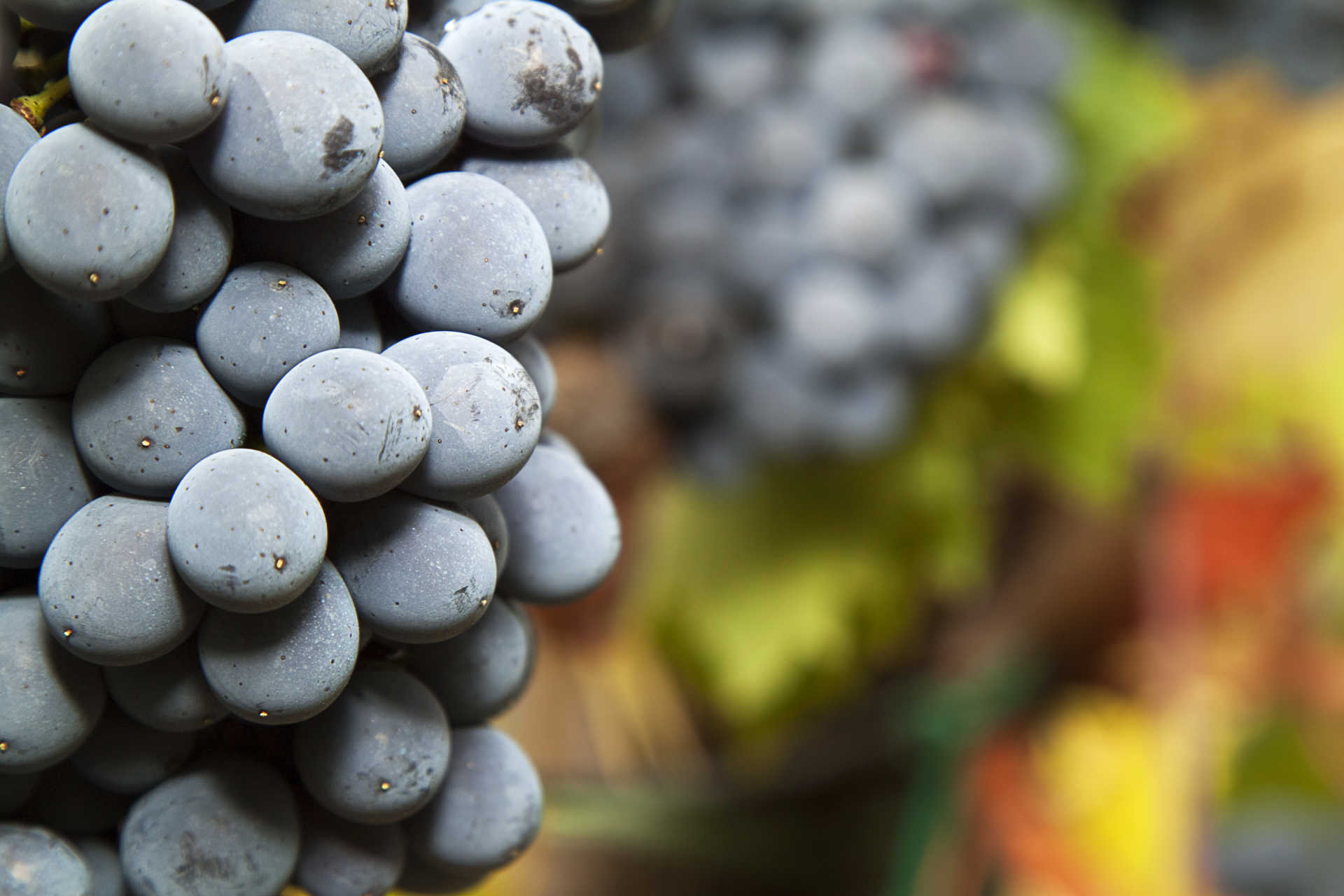Siro Pacenti Brunello di Montalcino Pelagrilli 2017
-
James
Suckling -
Robert
Parker -
Wine
Spectator



Product Details
Your Rating
Somm Note
Winemaker Notes
The Brunello di Montalcino Pelagrilli is balanced, fresh and has a very fine structure. It is produced in vineyards between the ages of 25 and 35, mainly on the north side of Montalcino.
Professional Ratings
-
James Suckling
Beautiful aromas of cherries, plums and fresh flowers with some oranges follow through to a full body with round and chewy tannins that are polished and refined for the hot 2017 vintage. Flavorful and fresh finish. Remains in check and toned. Drink in 2023 and onwards.
-
Robert Parker's Wine Advocate
The Siro Pacenti 2017 Brunello di Montalcino Pelagrilli is a robust and powerful expression with dark fruit nuances that transition to a dense core and a tightly woven inner fabric with more enriched black fruit and spice. Pelagrilli has a beautifully soft and open-knit character, and the tannins are well managed to show no rough edges or bitterness. What stands out best in this wine is the sheer density. Built like a tank, it will embrace long cellar aging.
-
Wine Spectator
This is taut and chewy, with beefy tannins putting a strong grip on the black cherry, plum, earth and spice flavors. Feels more fruity than savory, ending with assertive tannins. Best from 2025.
Other Vintages
2016-
Wine
Spectator -
James
Suckling -
Jeb
Dunnuck -
Robert
Parker
-
James
Suckling -
Robert
Parker -
Wine
Spectator -
Wine
Enthusiast
-
Wine
Enthusiast -
James
Suckling -
Wine
Spectator -
Robert
Parker
-
James
Suckling -
Robert
Parker -
Wine
Spectator -
Wine
Enthusiast
-
James
Suckling -
Robert
Parker -
Wine
Spectator -
Wine
Enthusiast
-
Robert
Parker -
James
Suckling -
Wine &
Spirits -
Wine
Enthusiast
-
James
Suckling -
Wine
Spectator -
Robert
Parker





Giancarlo Pacenti is one of the leaders of the younger generation of innovative Montalcinesi who take inspiration and new ideas from outside of the zone and often beyond Italian borders. His two vineyards lie in two very different areas of Montalcino: one to the northeast of the town, where the wines develop full, ripe qualities; and one to the hotter southwest area near Sant’Angelo in Colle, which produces a more powerful, minerally wine. The Rosso is considered to be one of the very best, with the fruit’s inherent structure delicately enhanced by a brief passage in barriques (the 2006 vintage has just received 90 points from Parker). Since the 1995 vintage, his Brunello has repeatedly won Gambero Rosso's most prestigious Tre Bicchieri (Three Glass) award in addition to 90+ scores from all the major international publications.

Among Italy's elite red grape varieties, Sangiovese has the perfect intersection of bright red fruit and savory earthiness and is responsible for the best red wines of Tuscany. While it is best known as the chief component of Chianti, it is also the main grape in Vino Nobile di Montepulciano and reaches the height of its power and intensity in the complex, long-lived Brunello di Montalcino. Somm Secret—Sangiovese doubles under the alias, Nielluccio, on the French island of Corsica where it produces distinctly floral and refreshing reds and rosés.

Famous for its bold, layered and long-lived red, Brunello di Montalcino, the town of Montalcino is about 70 miles south of Florence, and has a warmer and drier climate than that of its neighbor, Chianti. The Sangiovese grape is king here, as it is in Chianti, but Montalcino has its own clone called Brunello.
The Brunello vineyards of Montalcino blanket the rolling hills surrounding the village and fan out at various elevations, creating the potential for Brunello wines expressing different styles. From the valleys, where deeper deposits of clay are found, come wines typically bolder, more concentrated and rich in opulent black fruit. The hillside vineyards produce wines more concentrated in red fruits and floral aromas; these sites reach up to over 1,600 feet and have shallow soils of rocks and shale.
Brunello di Montalcino by law must be aged a minimum of four years, including two years in barrel before realease and once released, typically needs more time in bottle for its drinking potential to be fully reached. The good news is that Montalcino makes a “baby brother” version. The wines called Rosso di Montalcino are often made from younger vines, aged for about a year before release, offer extraordinary values and are ready to drink young.
